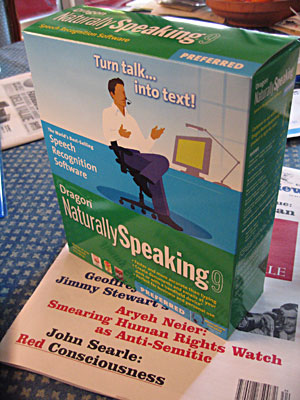This morning’s Observer column…
Tomorrow is the fifth birthday of the Apple iPod, the iconic device which defines our era as distinctively as the Sony Walkman defined the 1980s. One sign of an iconic product is that an entire ecosystem of goods and services evolves around it.
This happened with the Walkman, and it is happening now with the tiny Apple music player.You can buy all kinds of holders and ‘skins’ to protect it from damage; mini- speakers that plug into it; microphones that turn it into a digital audio recorder; small radio transmitters that beam songs to the nearest FM radio; attachments that turn it into a breathalyser; underpants with special iPod-sized pockets and – I kid you not – a customised toilet-roll holder with a charging dock for your precious device while you are, um, otherwise engaged. (Only $99.95 from www.old-fashioned-values.com.)




